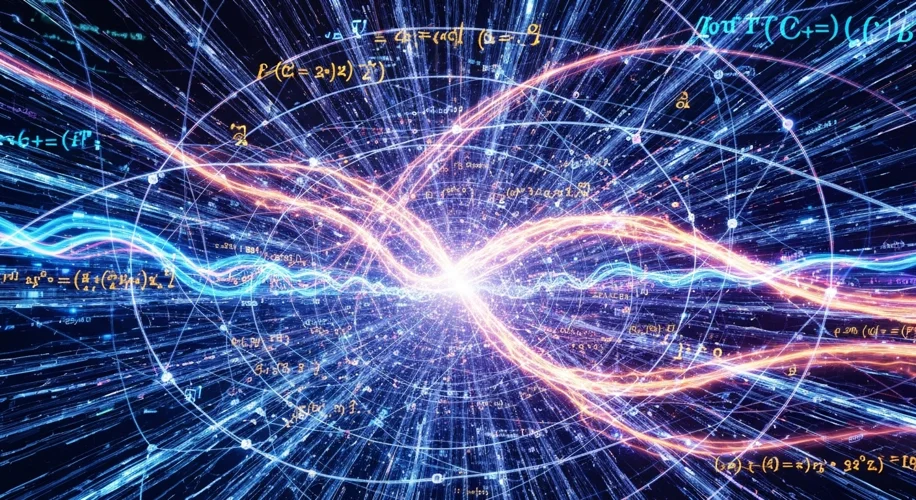Okay, so hear me out… AI is doing some seriously cool stuff beyond just recommending your next binge-watch. Researchers recently trained an AI, and it actually managed to discover new laws of physics. Pretty wild, right?
This isn’t just about pattern recognition anymore; it’s about genuine scientific exploration. The team focused on analyzing complex experimental data from something called dusty plasma. Now, dusty plasma might sound a bit… well, dusty, but it’s actually a state of matter where tiny charged particles interact in ways that can mimic the behavior of more complex systems, like stars or even the early universe.
Think of it like this: scientists have a ton of data from experiments, and sifting through it to find the underlying rules can be like finding a needle in a haystack – a really, really big haystack. That’s where AI comes in. They fed a massive amount of data from these dusty plasma experiments into the AI.
The AI was tasked with finding the simplest mathematical equations that could describe the behavior of this plasma. And it worked. It managed to uncover patterns and relationships that were either unknown or incredibly hard for humans to spot. Essentially, the AI helped reveal new fundamental principles governing how this complex plasma behaves.
This is a huge deal because it shows AI can be more than just a tool to process information faster. It can actively participate in the discovery process itself, pushing the boundaries of what we understand about the universe. Imagine AI helping us decode quantum mechanics or unravel the mysteries of dark matter. This dusty plasma experiment is a huge step in that direction.
It’s a reminder that as AI technology gets more advanced, its applications are expanding into areas we might not have expected, like fundamental science. It’s not just about coding or gaming anymore; it’s about understanding the very fabric of reality. Pretty mind-blowing when you think about it.

